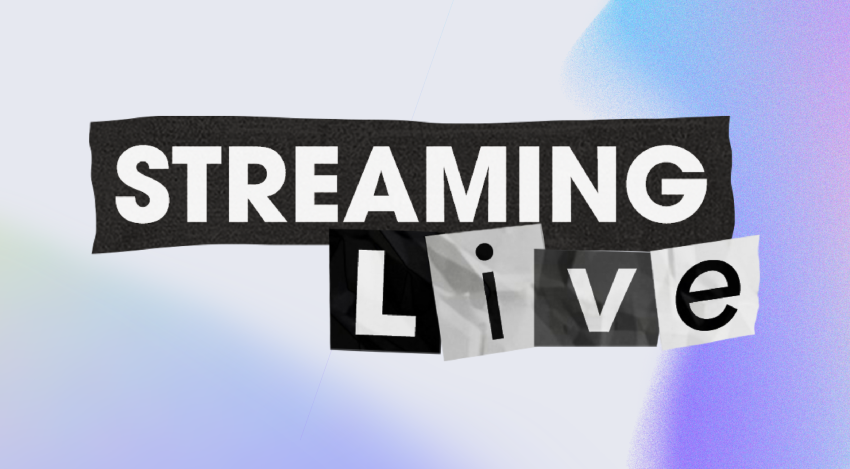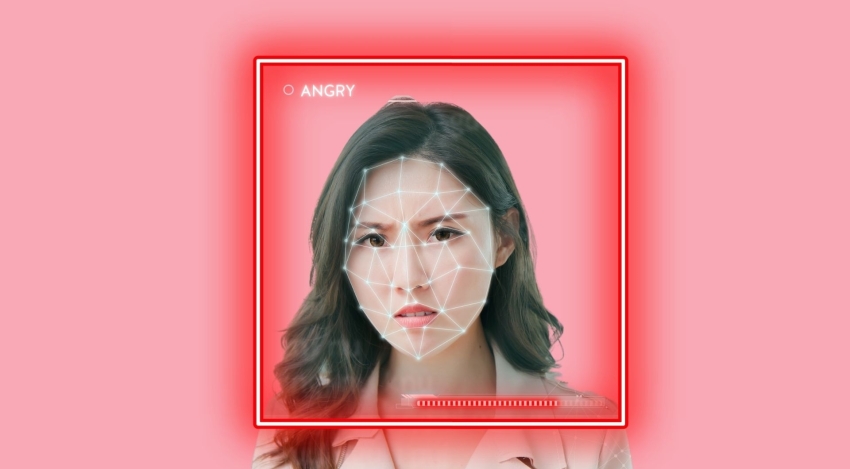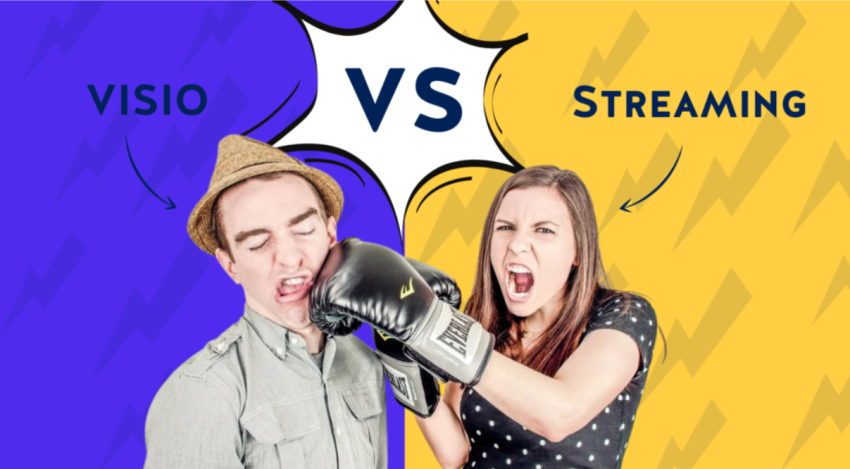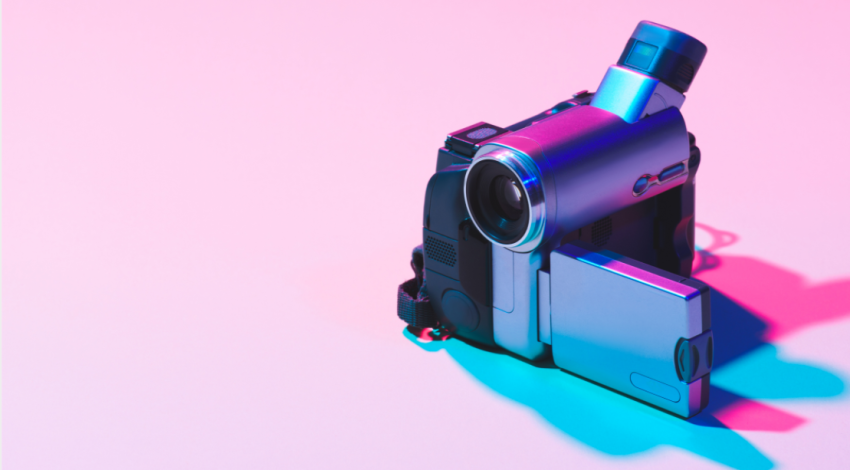

Are you looking to showcase your knowledge or skills through online videos? To help you get started, here are the 7 essential elements for creating your own professional live streaming video studio. Do you simply need a video recording studio? No problem! These recommendations work for you as well. Follow the guide with these 7 key considerations…
Video content is increasingly dominating the web, making it essential to continuously employ creativity and quality to capture audience interest. Live streaming is one of the criteria expected by audiences today who want to interact and provide real-time feedback.
Whether you choose to stream your videos live on platforms like YouTube, Facebook, Vimeo, Twitch, Linkedin, or others, here are the fundamental basics for conducting live video streaming.
While it's not necessary to have a fixed studio for occasional streaming events, for regular live sessions, having a dedicated and equipped space is preferable. The first thing to consider for your live streaming studio is its comfort. Having your own studio space will help you be efficient and productive in creating and broadcasting content. Remember that the ambiance you create in the studio will be linked to your image, so it's best to plan it well in advance.
If you don't have a dedicated space, you can choose a multi-purpose area directly within your workspace. For instance, you can transform an available office into a presentation and interview space. In terms of furniture, a table and chair are all you need, though a stool could work too. Of course, you can also enhance the space with a potted plant and ambient lighting. Regardless of the space you choose, ensure that you won't be disturbed during live sessions. Conference rooms and auditoriums are also prime locations for live content broadcasting. In these settings, furniture and decorative adjustments are typically made based on the type, significance, and frequency of planned events.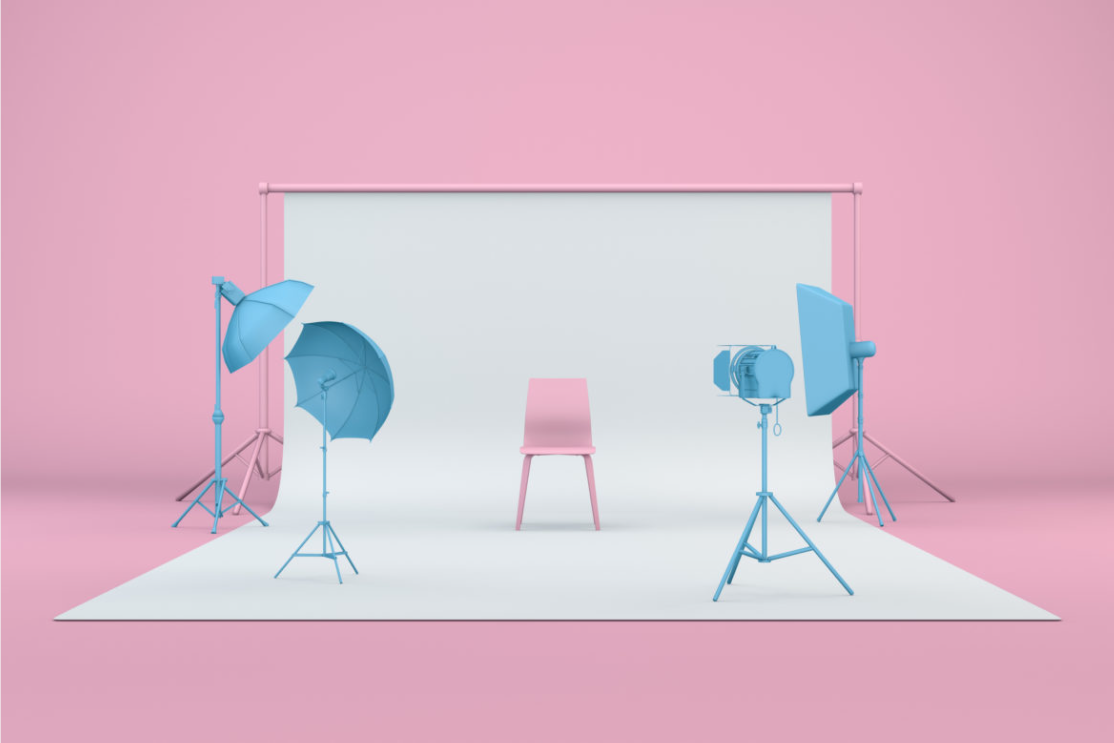
With the plethora of cameras on the market, it can be challenging to pick the right one. Choice often comes down to personal preference, technical specifications, and budget. To summarize, there are two main categories of professional video cameras: studio cameras (including camcorders) and PTZ cameras.
While DSLR cameras boast excellent image quality with their full-frame sensors, avoid using them for streaming due to their internal recording limitations (typically 30 minutes) unless they can record externally like the Lumix GH5. While they can be used for streaming via HDMI output without recording, be wary of network interruptions that could cause you to lose the entire video. In this case, an external recorder might be necessary.
Smartphones and tablets can also function as cameras, though their implementation can be more complex (see the article "Multicam iPhone & Live Youtube: A New Kind of Virtual Classroom").
If you're considering the most budget-friendly route and using a USB webcam connected to your computer, know that you'll be limited to a very short distance between the camera and the speaker.
Regardless of the camera chosen, it's preferable for streaming purposes that it has a direct HDMI or RJ45 output.
Camcorders and studio cameras are naturally better suited for live streaming, such as the Canon XA series used in the Gobelins School's MOOC or the Sony FS5 II, recommended for YouTube productions. Ultimately, you have a plethora of choices. The only technical requirement is a necessary HDMI output port.
n.b. If your camera only has an SDI output, you can use an SDI to HDMI converter.
The Kast camera is a PTZ (Pan-Tilt-Zoom) camera-regie hybrid. It fits into the PTZ camera category, being an IP camera with dual audiovisual streaming capability, specifically developed for capturing courses and conferences with integrated live streaming through its Ethernet port. PTZ cameras can be remotely controlled, which is not the case with camcorders that require close technical presence. This aspect can be important for multiple and permanent setups.
Investing in a good camera for your live streaming studio is worthwhile if you aim to produce high-quality professional content that stands out.
Lighting is one of the best investments to give scenes depth and dimension. You'll need a direct key light to illuminate your subjects, along with diffused lighting (reflected off a wall or reflector) to soften harsh shadows. These are complemented by backlighting, which adds warmth and presence to the subject's background. Regardless of your choice, lighting makes all the difference.
Whether you have natural outdoor lighting or not, a studio should have at least three lighting points (key light, fill light, backlight). There are plenty of solutions available on the market.
LED panels on the market have the distinct advantage of being battery-powered, eliminating the inconvenience of tripping over power cables. Moreover, LED panels are less bulky and quicker to set up compared to traditional softboxes.
For streaming, there's no need to opt for overly sophisticated solutions with a wide spectral range, color effect presets, or remote control via DMX. These solutions are quite expensive and are typically reserved for the cinema industry.
In terms of technical specifications, you can find LED solutions at a reasonable cost (under 1000 euros) with a spectral range of 3000°K-6000°K and a maximum power of 6000 lux. At Kalyzée, we have a large window in our studio that brings in a significant amount of natural light. However, we often block it with a black curtain to have better control over our lighting, which remains consistent throughout the day. We use a mix of softboxes and LED panels, all adjusted to daylight (5600K).
You can also take inspiration from certain YouTubers like Steven Lathoud and Jerome Keinborg, who showcase exemplary lighting setups (for VOD rather than live streaming).
Without sound, your streaming is just a podcast! Suffice it to say, audio quality is paramount. Keep in mind that you can easily watch a video with good sound quality and poor image quality, but the reverse isn't true. Want to test this out?
The first thing to do for your studio is to reduce sound reverberation off walls. You can achieve this by adding curtains to windows, a carpet on the floor, and soundproof foam on the walls.
Avoid using the internal microphone of your camera. Opt for an external high-quality microphone with a connector compatible with your camera. Most of the time, you'll find XLR connectors, the professional standard. If you're recording on a computer, USB-connected microphones like the Blue Yeti are more suitable.
At Kalyzée, we use various microphones: the Sennheiser MKE 600 shotgun microphone, and wireless microphones from the Sennheiser AVX and SXW-D series. We utilize the Kast solution for our own video creations and broadcasts. Our cameras directly manage two XLR audio microphones, eliminating the need for an audio mixer.
To stream your content online, you need an encoder. You have two options: use software encoders or hardware encoders.
The OBS streaming software is a popular choice for live streaming. It's open-source and free. However, the host computer running OBS needs sufficient processing power to handle the live video stream. You'll also need a fast graphics card. It's recommended to have at least a 6th generation quad-core i7 in your setup to ensure smooth live streaming. Otherwise, your stream might experience dropped frames and garbled audio, or even worse, the live broadcast might stop altogether. High processing power significantly improves live streaming based on software encoders, so it's wise to make the right choice for your computer.
Hardware encoders are more robust and reliable than software encoders because they don't depend on third-party hardware resources. You can opt for hardware encoders like the Teradek Cube or the Matrox Monarch. These robust professional solutions are common in "lecture capture" systems.
At Kalyzée, we chose to directly integrate a hardware encoder into the camera. A dedicated processor handles real-time encoding for streaming. This approach saves space and installation time, while ensuring reliability and robustness. Moreover, Kast natively streams live to YouTube and Facebook Live or any other RTMP stream. From the Kast remote application (available on the App Store and Google Play), you can simply enter your YouTube and Facebook login credentials to stream on these platforms, or provide the RTMP server address. Of course, camera settings and control can be managed via IP from a web page.
To conduct a live stream, you need a network connection capable of sending the audiovisual stream. Connection stability and bandwidth are two important factors to consider. For streaming at a standard resolution of 720p, you should have a bandwidth of around 4.5 Mbps.
Last but not least, and perhaps the most important aspect, is to prepare for your live event. Effectively, a live event is highly stressful for all participants, both in front of and behind the camera. As such, any unexpected occurrences can turn into real catastrophes, potentially leading to the cancellation of the live stream.
Our recommendation is to prepare for your live event at least one day in advance and then set up an hour before the scheduled time. Nine times out of ten, problems arise from connectivity and network access issues (firewalls, passwords, IP address changes, unplugged cables, etc.). It's also important to conduct a streaming test on your chosen platform.
There you have it! Happy streaming.
